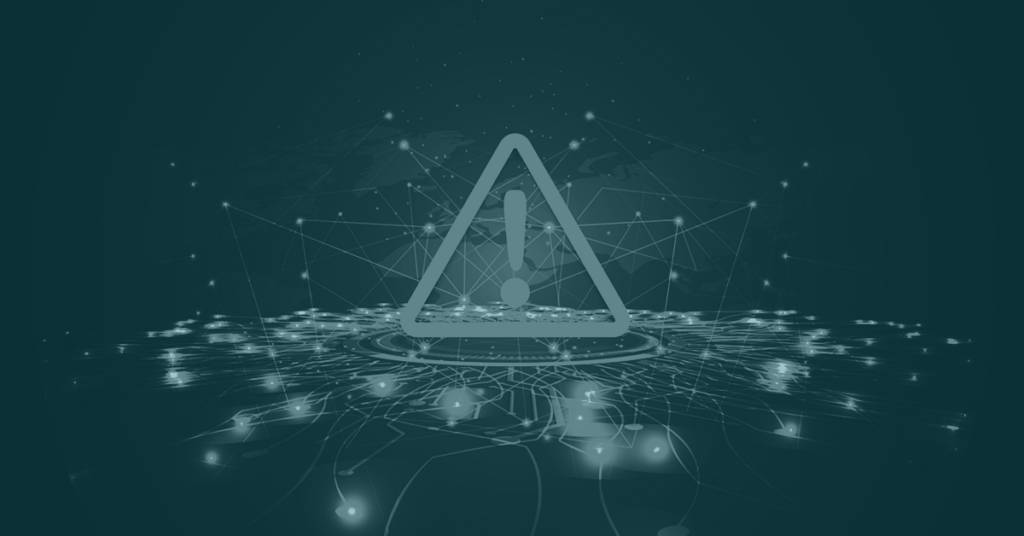Inga Goddijn, Vice President of Structured Intelligence at Flashpoint, joins Jake Kouns, General Manager at Risk Based Security, to talk about the data breach landscape, the state of ransomware, and how cyber insurance has changed.
The data breach landscape has shifted considerably over the past few years and in 2021, there were 4,145 publicly disclosed breaches that exposed over 22 billion records. The United States in particular saw a 10% increase in the number of reported data breaches, raising some interesting questions.
- What is causing so many breaches and records to be exposed?
- What role does ransomware play?
- If organizations can take steps to protect themselves with cyber insurance, how can they ensure that they are getting the coverage they need?
Show Notes
0:00 – Introductions
0:55 – What does a data breach research team entail?
2:52 – How data breaches are covered
3:35 – What is or is not considered a data breach?
4:48 – Major themes RBS has seen in 2021
6:42 – The types of data that are being targeted
9:06 – What insider threats actually look like
10:58 – Why are more breaches being reported in the US?
12:45 – The timelines in a data breach
14:55 – GDPR reporting requirements
18:34 – The state of ransomware
25:20 – To pay, or not to pay, that is the question
29:01 – Law enforcement’s effect on ransomware
31:20 – What RBS is seeing on outages
34:27 – Click2Gov or Click2Breach?
38:22 – Cyber insurance
42:15 – How underwriting has changed
45:00 – Ransomware’s impact on cyber insurance
48:06 – How to find a “good” cyber insurance policy
51:27 – How to choose the best vendors who care about security
55:46 – Closing thoughts


